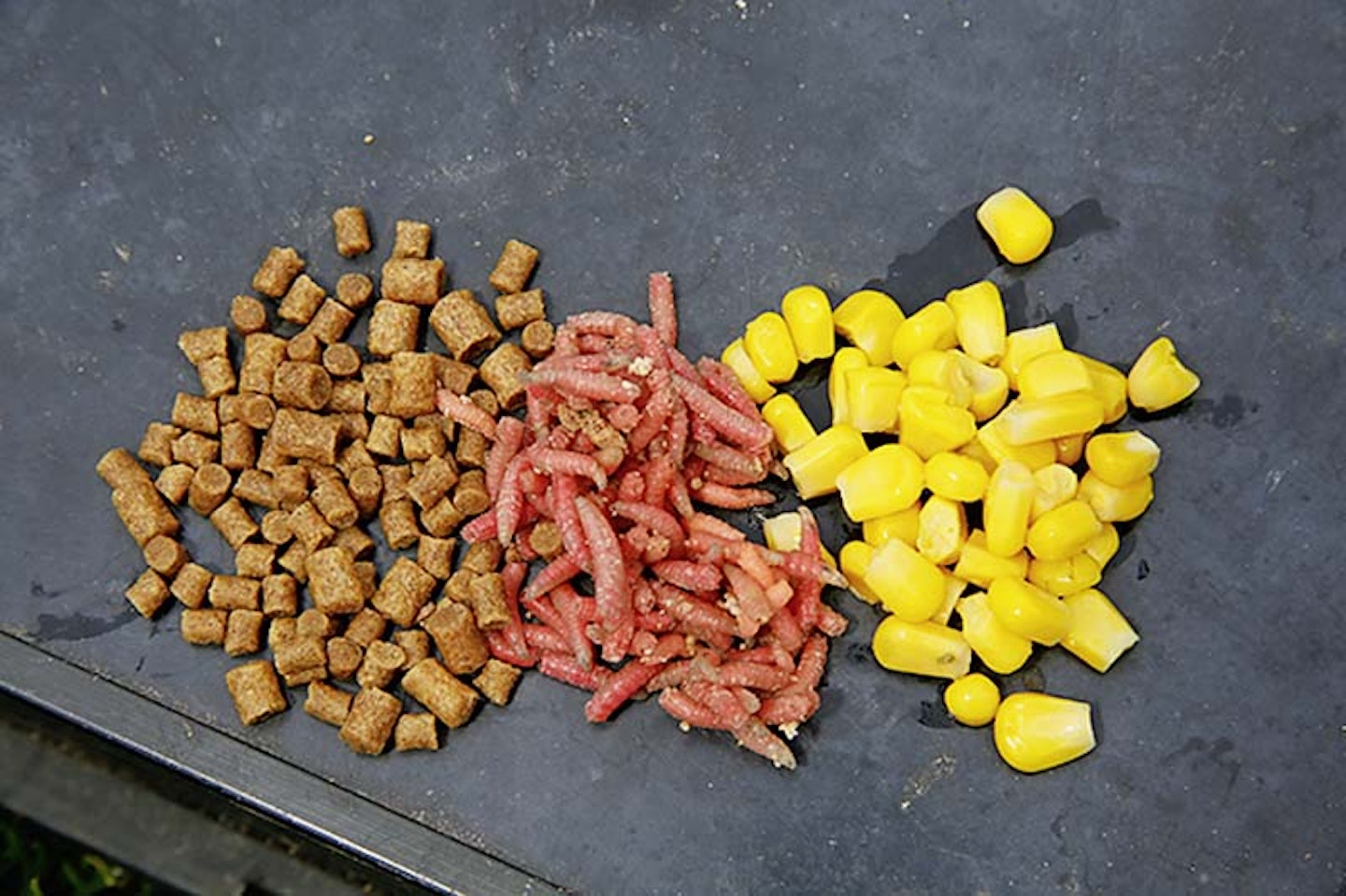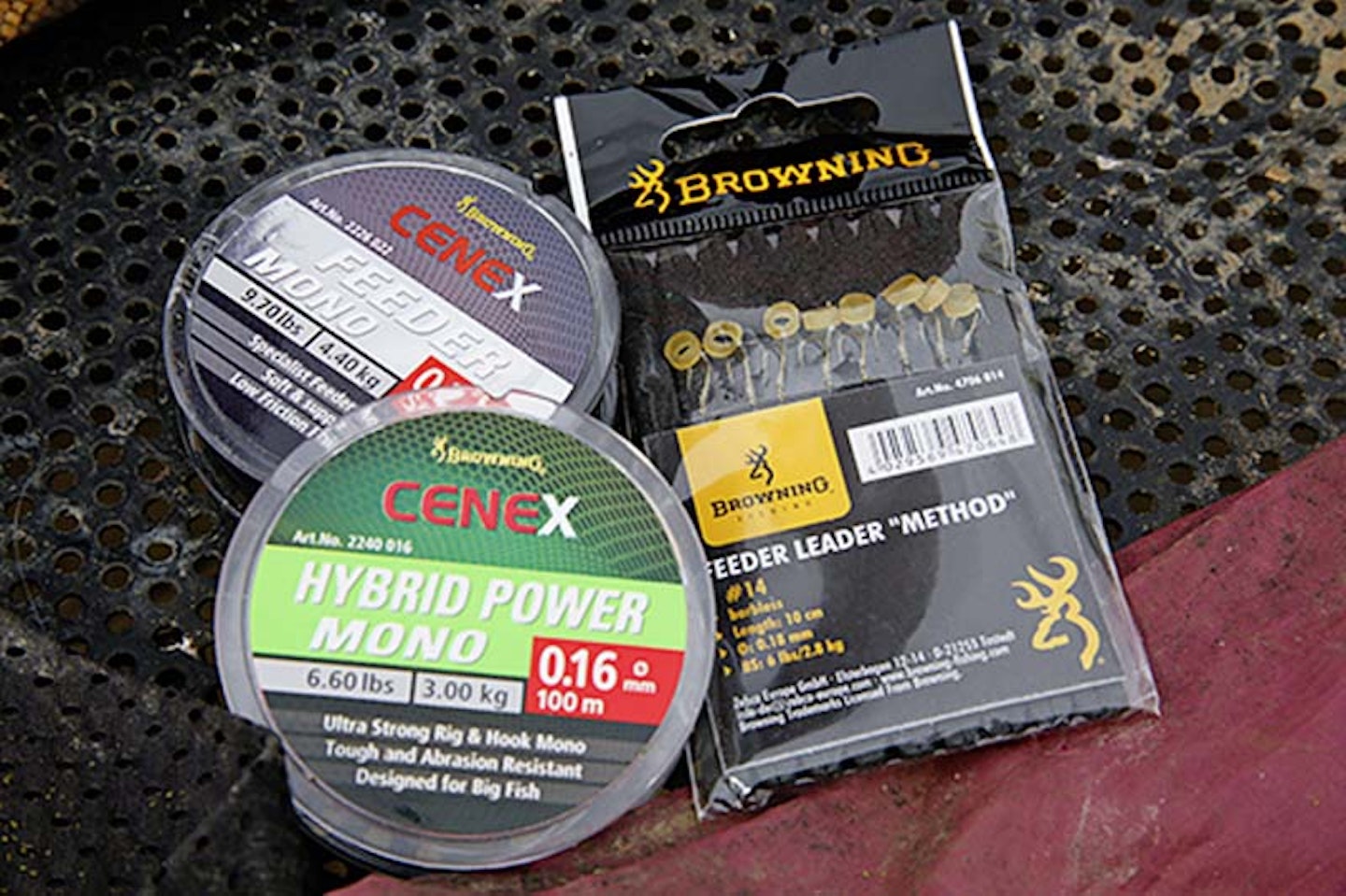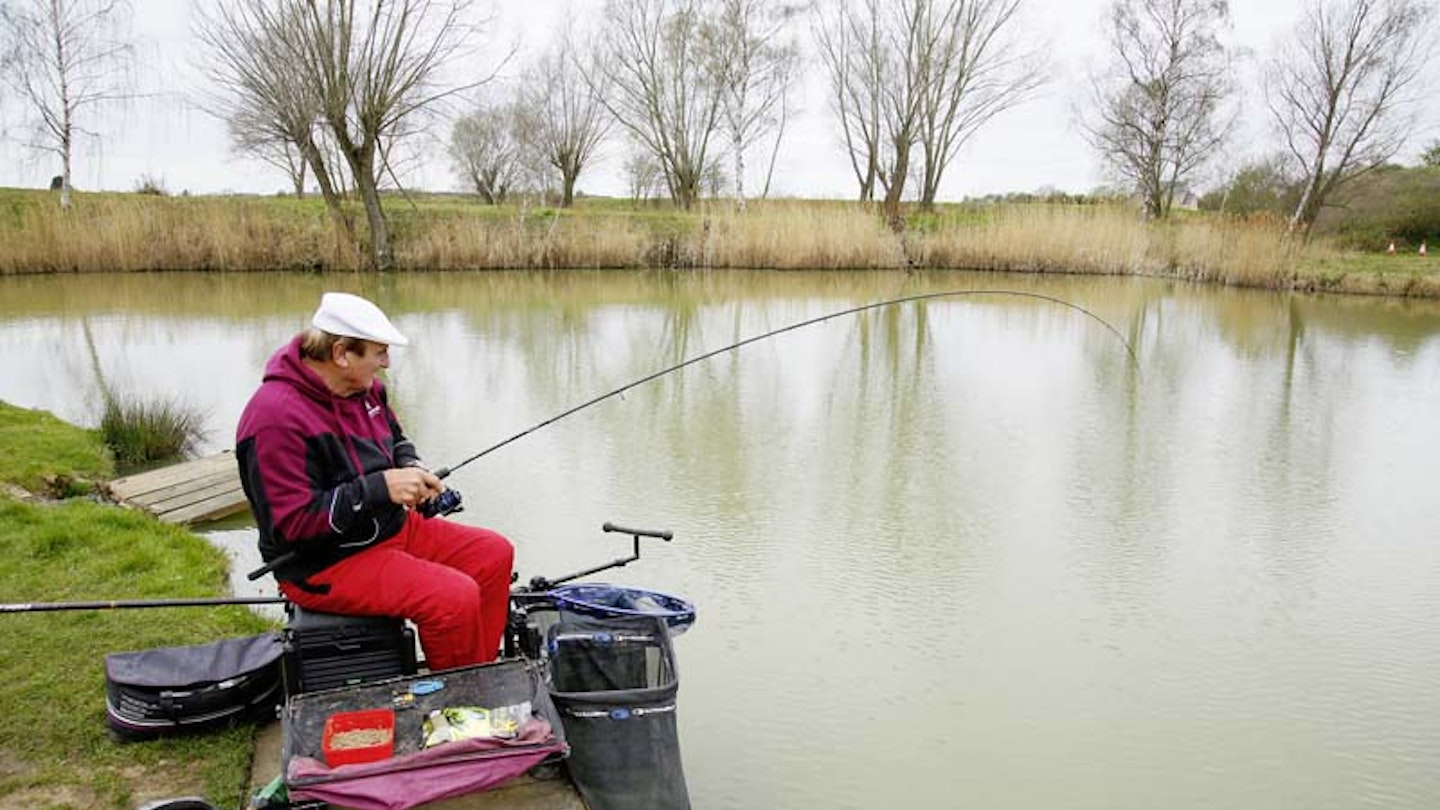It’s no surprise to me that commercial carp fisheries have been so popular over the last 20-odd years. They offer more or less guaranteed bites, comfortable surroundings and short walks, and a wide range of methods will catch you a few fish.
I’ve seen a lot of fads come and go down the years but to me, there are three approaches that will always catch well in spring.
Over the coming weeks in Angling Times I intend to go into depth to show you how I go about getting the very best from each line of attack.
Pole fishing is hugely popular, and with the quality of tackle now available, you can easily land big carp and barbel with the minimum of fuss.
To kick off, though, I’m going to focus on fishing the Method feeder, arguably the easiest way of fishing for carp. But although Method fishing looks simple, there are plenty of little tips and tricks that I’ve picked up over the years that add up to a few extra fish in the net at the end of a session. I’m sure they’ll help you catch plenty more in the coming months.
Today I’m fishing the brilliant Horseshoe Lake at Decoy Lakes near Peterborough. It holds a wide range of species and offers a far bank that’s an easy feeder cast away. So let’s get cracking…
Why the Method feeder?
There are lots of feeders to pick from, but I always prefer the Method on commercials as it puts the hookbait right on top of the ball of feed where the fish can get at it quickly.
In terms of size, anything from 20g to 30g will be ample to reach where you need to cast. Most fisheries insist on using inline feeders, so mine will run on the mainline, stopped by a quick change swivel bead that allows me to switch hooklinks in seconds.
The early stages
So, geared up and with bait ready, it’s time to begin fishing. I’ll start off by casting a few metres off the far bank so that if the fish show signs of backing off, I have that bit of extra water to cast into to follow them out.
Clipping up is essential to land the feeder in the same place each time, but I know some anglers are wary of this as a big carp running off on the strike can break them.
If you’re one of these anglers, my advice is to use a large bait band doubled back to trap your line on one end with the other on your line clip. When a fish runs, the band will break first but is strong enough to not pull free when the line hits the clip on the cast.
My rod is positioned so it is pointing almost directly in front of me with just a slight angle.
This way, there’s no danger of moving the feeder by dragging the rod back into position.
I’ll also not sink the line after the cast, as a bite can come quickly and if you are concentrating on tightening up the slack, you’ll miss the indication. There’s also the danger of moving the feeder.
Unless it is blowing a gale, I’ll let the line sink in its own time.
Liners but not bites
Almost immediately I get line bites – sharp jabs on the tip that tell me some fish are in the swim but are not feeding.
Usually, a liner develops into a bite so I’ll leave the feeder out for a maximum of five minutes and then recast. Often, the noise of the feeder landing and the bait being emptied will spur fish into feeding, so don’t wait too long for that next cast.
By adopting this ploy it’s not long before the first classic Method feeder bite arrives, within 20 seconds of the feeder landing.
A plump F1 goes into the net on a banded pellet and a second joins it a minute later. After a run of fish, the peg then goes quiet, even though I can see fish topping. Have they backed off already?
Adding a metre to my cast answers that, as a decent carp nails the pellet almost immediately on the first cast, followed by two F1s and a surprise little tench. That’s 15lb of fish in less than half-an-hour’s fishing and a great start to the session.
But I’m itching to get on the pole line, where I’m sure I’ll empty the lake – you’ll have to wait until next week to see if I can walk the walk as well as talk the talk!
Top hookbaits
Changing baits can trigger a big response in your swim so by no means stick to the same thing on the hook, especially if the fishing is slow.
My favourite bait is a hard 6mm pellet fished on a band, but a piece of hair-rigged corn or even three dead red maggots can be brilliant. Maggots in particular are overlooked in my opinion, but can be deadly on hard days or if fish other than carp are your target.

Give them some feed
Many anglers will use just micro pellets around the Method feeder but I like to go for a 60/40 mix of micros and groundbait. Only if the fishing was really good would I do away with groundbait and use just pellets – but at this time of year it’s sensible to begin with both until you can gauge how many fish are in the peg and how well they are feeding.
Pellets are Van Den Eynde 2mm with Browning’s new Mussel Green groundbait, which is a strong-smelling, dark fishy mix.

Terminal tackle
Gear up sensibly to catch carp. That means a robust, reliable mainline to a sensible hooklink material.
My mainline is Browning Cenex Feeder Mono in 9.7lb breaking strain to a 4ins ready-tied Browning Feeder Leader. Hook is a size 14 or 16 to 0.16mm Cenex Hybrid Power Mono.
This balanced kit will land big carp easily and allows me to put lots of pressure on fish without fear of breakage. For rods, a standard 11ft Feeder model will do fine – I use the Browning Sphere Feeder L model.

Where to cast
Before I even tackle up I’ll take a bit of time to look at my swim and decide where I’ll fish.
Obviously a feature such as an island or, as I have today, a far bank are great natural fish-holding spots and should be your main fishing area. I’d also not discount fishing closer in, say on the line where pole anglers fish, as carp will see this area as a reliable source of food and gather here later in the day.
Faced with open water, I’d go for a relatively comfortable distance to cast, presuming that this area is on a flat bottom with little in the way of snags.
Talking of snags, it’s worth making a few casts without a hooklength on up to an island or far bank to work out if there’s any rubbish on the bottom.
Weed and lilies will be starting to grow up now, and although you may not be able to see it on the surface, it’ll do no good if your feeder is landing amid this muck. Try to find a clear spot at all times!
